What are East Indians?
My community is disappearing. What once was a thriving community in the heart of Bombay is now vanishing; and with it, all our traditions and culture. In a city of 20 million people, there are hardly 5 lakh East Indians left. Or was that 5 lakh across the globe?
The salt on the wounds? When most people we meet abroad hear the words East Indians, they think we’re either talking about American Indians or Indians from the East of India. It’s like we didn’t even exist. Ha!
With so many inter-caste and inter-racial marriages that take our world forward, our community takes a step backward. Yes, we are becoming global citizens, but that doesn’t mean we should lose our culture. Just because we learn new ways of living, it doesn’t mean we should forget the old ones. Well, at least not all of them! Some things are best forgotten, but some must be remembered. The concept is ‘Roots and wings!’, isn’t it?
East Indian History: Who are East Indians?
Although Christianity in India has been ascribed to the proselytizing work of the Portuguese in the 16th century, it did in fact exist here much before that. The research of late Dr. Elsie W Baptista, the niece of Indian freedom fighter Kaka Baptista (who was also Lokmanya Tilak’s lawyer), shows that Christianity was brought to India by the Apostle Bartholomew. Of course, her work has been based on the work of learned men before her; the likes of Jerome (342 AD to 420 AD), Eusebius (265 AD to 340 AD), Fr. Stilitingus (1703 AD to 1763 AD), and many more. Teddy Rodrigues speaks on a similar theme in his book Trace.
To support Elsie’s theory, here is food for thought. Although the Apostle and Saint Bartholomew is supposed to have been martyred in Armenia for converting the king of Armenia to Christianity, he wasn’t. Contemporaries now believe that Bartholomew was in fact martyred along the Konkan coast in Kalyan, India. These converts were Syriac Christians and lived in pockets around the North Konkan.
So how did the Apostle Bartholomew get to India you ask? Trade! India has been trading with European countries for quite some time now. Alexander’s invasion of India in 326 BC opened up the trade routes and the gates of commerce further. But even before that, trade between India and other African and Europe existed.
Even King David and King Solomon traded with India. According to 1 Chronicles 29:4, King David had received three thousand talents of the gold of Ophir. According to 1 Kings 9:28, Solomon received gold, silver, peacocks, sandalwood, ivory, precious stones and more from Ophir.
The place Ophir mentioned here was Sopara or सोपारा in Mumbai. Ophir or Soprara was one of the largest trading port in ancient times.
So who are the East Indians of Mumbai? And why are they called East Indians?
Let’s go back to the 1st Century to answer that question. Yes, India was home to followers of Jesus centuries before Europe even heard of him.
In his book Trace, Teddie Rodgrigues lists 274 villages that were part of the East Indian homeland in the North Konkan region that stretched from Dahanu in the North to Chaul in the South. These villages were established by Saint Bartholomew and other early Christians who visited Indian from the 1st to the 4th Century. In fact, when Saint Panteneas visited Kalliana (now Kalina) and Thana in circa 187 AD, he found a copy of Saint Matthew’s gospel in Aramaic which he took back with him to Alexandria.
Later, missionaries from other regions visited. The Nestorians in 400 AD, the monk Kosmos in the 5th century, the Franciscans in the 16th century, and more since then.
Finally, the Portuguese came to India in the 15th century and converted local Christians from their Syriac Christianity to Catholicism. These Portuguese Christians are who East Indians are descended from.
Another View Of Our History
There are some historians that believe that these earlier Christians were not the ones who are now East Indian Catholics. They’re in fact Syriac Christians, a separate group entirely.
According to historian Dr. F. D’Souza, when the Portuguese came to India in the 16th century, they found no trace of earlier Christianity other than ruins. Nestorian Christianity and other earlier versions of Christianity had been stamped out by the regional administration that existed in that time.
They then converted the locals to Catholicism, and they incorporated Portuguese traditions into their culture. These locals were designated them as Portuguese Christians.
Years later when Bombay was given as a dowry gift by the Portuguese to the British East India Company in 1661 on the marriage of Charles the Second of England with of Catherine of Braganza. Over the centuries, most of the local Christians in Bombay and the North Konkan found jobs working for or trading with the British East India Company and other British organizations.
However, as the railways developed and steamships started operating across India in the early 1900s, other Christians from Goa who were also known as Portuguese Christians started coming to Bombay in search of work. In order to distinguish the Christians of the North Konkan from the other Portuguese Christians, and to show that they were the earliest Roman Catholic subjects of the British Crown in this part of India, the indigenous or original Christians from Bombay adopted the designation “East Indians”.
Perhaps they didn’t think it through. They should have thought about the fact that a hundred years in the future the British East India Company would not exist, and people who haven’t heard about East Indians would jump to the conclusion that East Indians come from the strangest places. But, long story short, East Indians are the indigenous Christians of Mumbai and the North Konkan region of India.
East Indian Culture
*****[ I’d love to write about our traditional sarees, and our parasols, our music and our food. I’d also love to write about what’s lost in the pages of history and what may be lost soon.
I’d love it if one day when I tell someone outside India that I’m an East Indian, they don’t assume that I’m living on the East coast of India.
But I need to take a break from work to complete the rest of my research and update this bit. Will try to do that soon. In the meantime if you have something to contribute about our history, traditions, culture, or food, please email me at abby@abbyshearth.com and I’d be happy to feature it. Or you can join our Facebook Group for discussions. ]*****
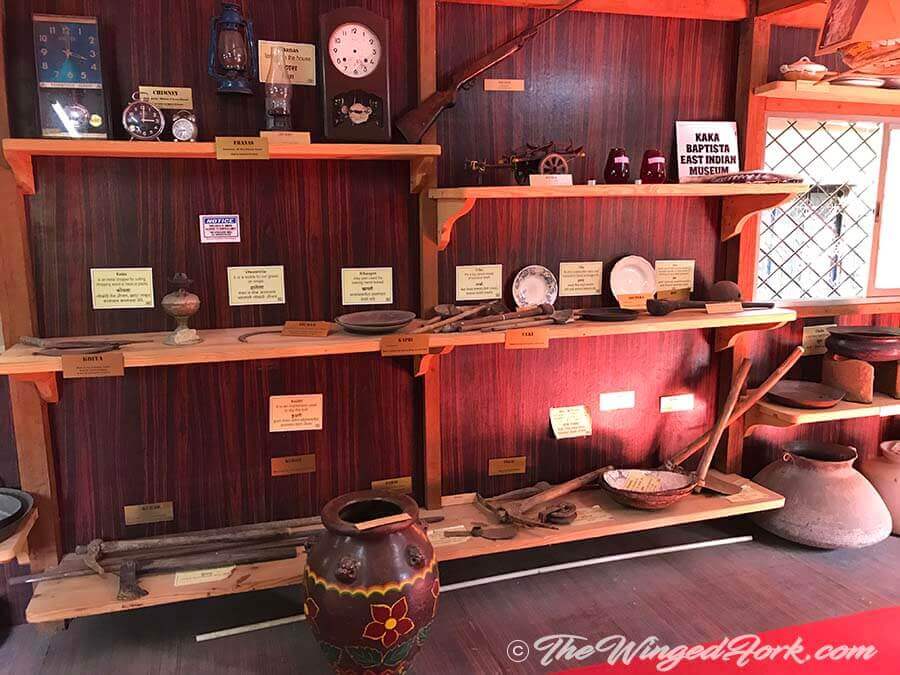
But if you want to see some of the artifacts from our culture, visit the Kaka Baptista East Indian Museum in Manori.
Most of us have been brought up without learning the community language either, other than a spattering of words, myself included.
Ask the younger generation of East Indians nowadays, and many of them might say they don’t know how to cook the traditional vajri curry or even the trotters khudi. Some may even laugh at the fact that vajris aka cow and goat stomachs or trotters aka goats hooves are considered a traditional delicacy, until they taste them and realize that they’re actually quite amazing. Most East Indian cuisine is. 😉
I had originally planned on writing a piece about how a handful of East Indian ‘aunties’ make these dishes. But time just seems to pass with the swiftness of a horse at the races. And mom and my aunt are so busy caring for granny that they don’t have time to cater to the likes of me.
And so now, a few months later I’ve dug up some of the old pics of the East Indian dishes that my mom makes, with her special twist, especially her spicy chicken tope.
Update 2022: Yes, I finally found the time to take pics of tongue moile, and amboshi, and lonvas, and khudi, and many other recipes over the last few years. If you want to grab them, they’re over on my other site Abby’s Plate.
Update 2023: You’ll love our East Indian recipe books.
By the way, if you want our traditional East Indian recipes on hand, pick from any of the scrummy books in the Abby’s Plate Cookbook Series.
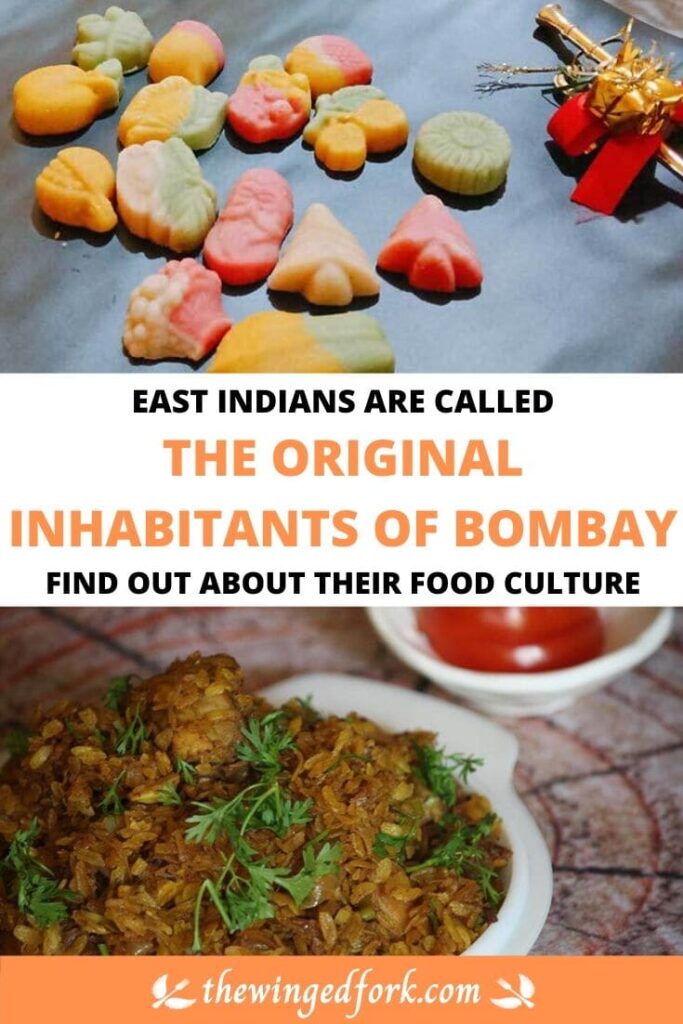
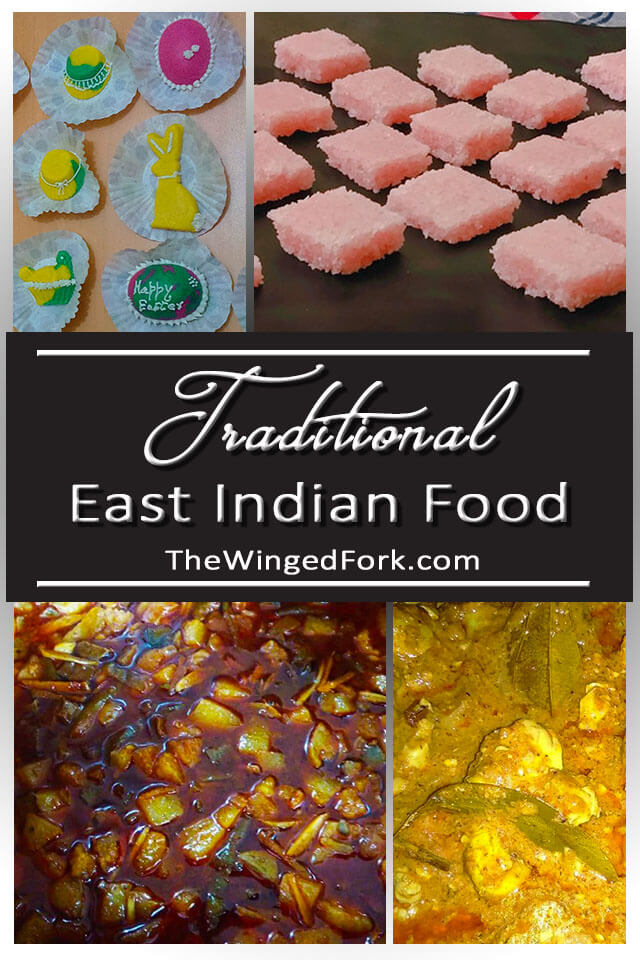
For a list of East Indian sweetmakers and home chefs go to our directory page at Abby’s Plate.
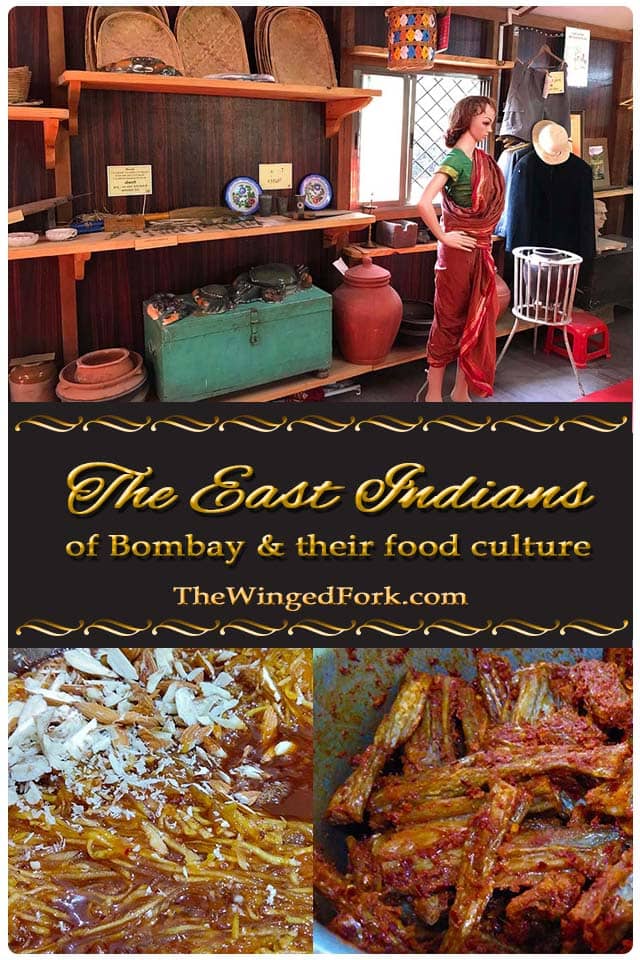
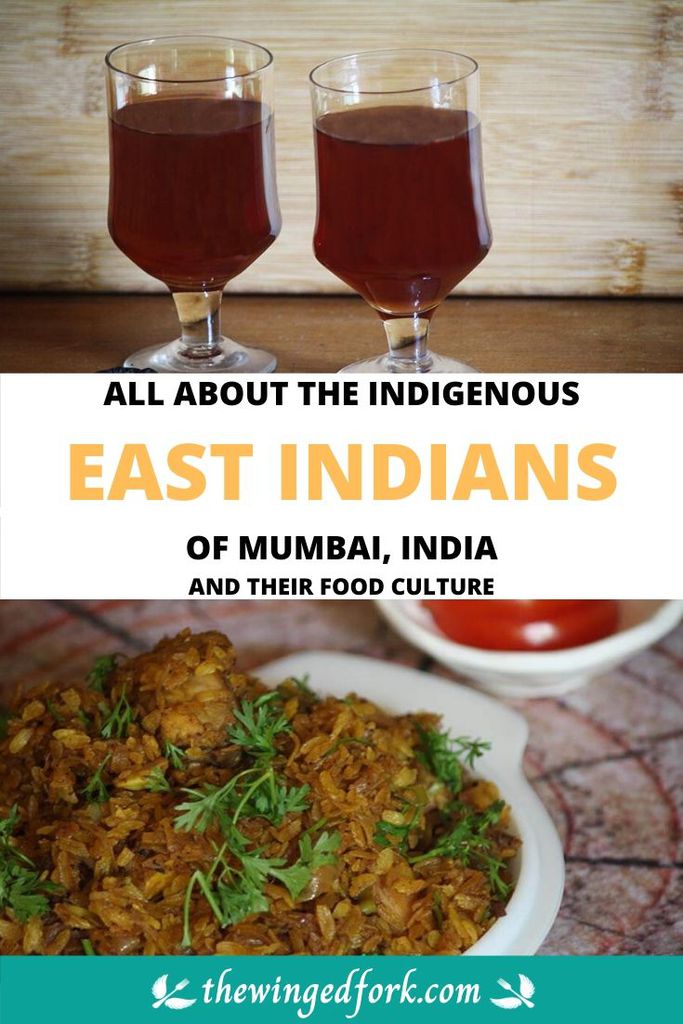
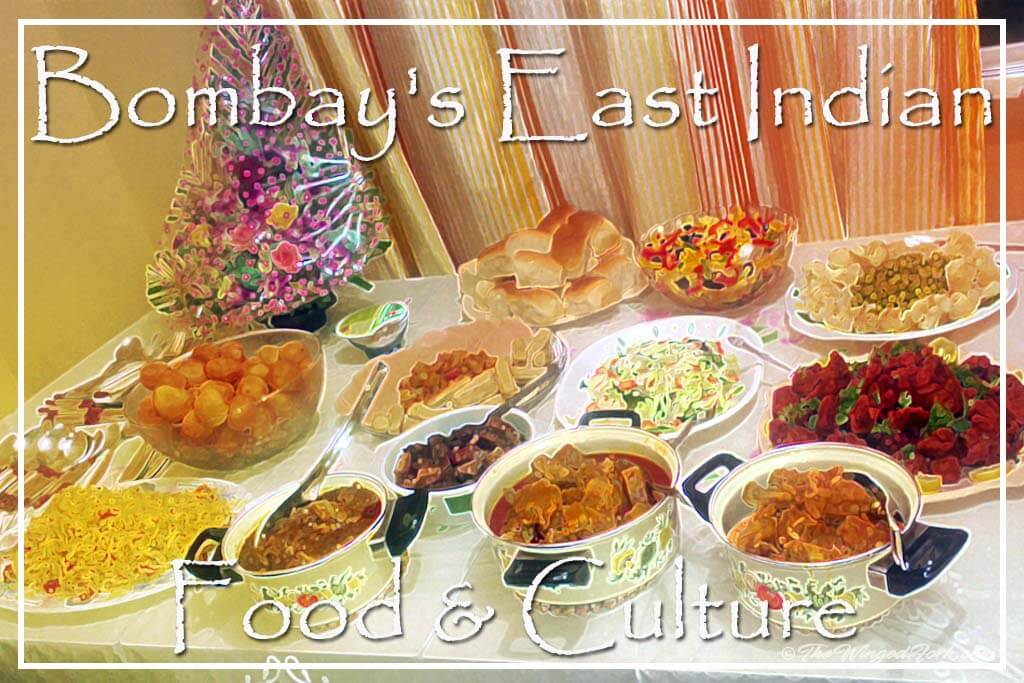
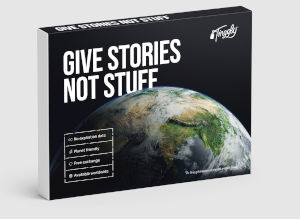
How come there is no mention of lonvas, temprade, chichoni, aksal, pork sambaree, etc…
I do remember the tasty dishes my mother made including some listed on this site. My mother was from Amboli, Andheri and my father was from Manori
Hi Gabriel,
With work and everything, there’s not much time on our hands. We’ve only listed the dishes we’ve had time to take pics of so far, but we will add the rest as and when we can. 😉 Come back to the site and you might find them on here soon. Thank you for reading!
Abby
PS. The lonvas recipe is now live here.
Heya! The stuffed chicken roast recipe is https://abbysplate.com/stuffed-roast-chicken-recipe/
can you please provide roast chicken recipe
Thank you Adolf and Hetty! Definitely won’t stop writing. If you or anyone you know would like to contribute information about the culture section, we’re really hoping to expand on it one day.
Thanks for your website enjoyed reading it the history part of it, yes pity we are getting diluted with other communities
Don’t stop writing about us.
Rgds Adolf and Hetty
Perth.
Very nice to read about ei culture, history
Thanks for reading Savio!
Most interesting! A cousin of mine from Mangalore is wedded to an East Indian from Bandra.
Thanks
Thanks for reading!